In 1965, on a seedy street in the New Orleans French Quarter called Exchange Place,
in a space that formerly housed several rough bars and illegal gambling joints, an experimental school began that would change the moral skyline of the Deep South’s largest city.
The students of the school, known as the Adult Education Center,
were underemployed mostly African American women who would become the first secretaries to integrate the city’s businesses at a time when 100% of its companies were segregated.
The goal of the school’s founders was so controversial that the first class was shut down when white residents of the community objected to Black women attending a school in their neighborhood. In search of a new location, 60 landlords refused to rent them a space. Finally, one brave landlord, James Coleman, Sr., offered them a home.
This is the story of the super-women who graduate from the school, and their teachers, whose joint-mission to achieve success while overcoming the forces aligned against them would be as unlikely an achievement as landing a man on the moon.
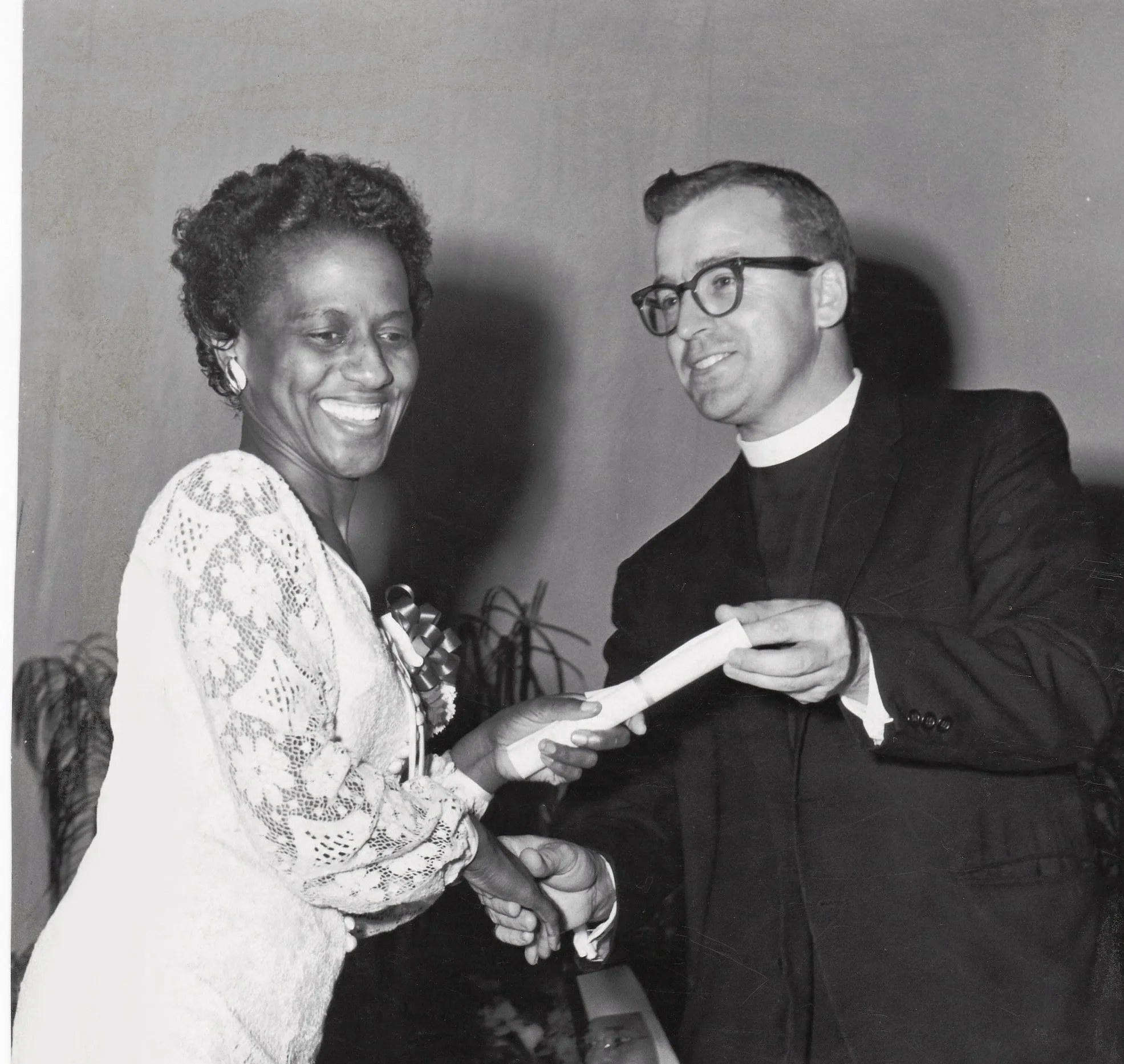
The school was the inspiration of Father Timothy Gibbons,
a young, dashing, Catholic priest who had grown up on a farm in Illinois and who had never been to the South before he arrived in New Orleans for his first assignment. On the eve of the school’s opening, Father Gibbons was kicked out of the city by his superiors who were pressured to take measures to derail the school.
To keep the school moving forward, he suggested that Alice Geoffray, one of the teachers for the program, take his place. Alice was a 41 year old grandmother and the sole support for her seven children.
A few months before, she had resigned from her relatively safe public-school position to work at the school. Before then she had never been involved in any program associated with the civil rights movement. In the process of bringing the school to life, Alice’s life was transformed by the unbreakable bond she formed with her students and fellow teachers. Most of those students had never met a white teacher in their lives and none of the white teachers had ever taught Black students. A few years earlier those teachers would have been jailed for doing so.
Dot Wilson and Alice Geoffray, 1967
The school placed 94% of its graduates in jobs with salaries that were many times higher than what they had earned prior to surviving the school’s rigorous training.
Those salaries were above the national average for working white or Black women in comparable positions.
By 1967, the school’s success made front page news in The Wall Street Journal and was featured in many other publications, including Time Magazine.
The program was widely considered to be the most successful program of its kind in Louisiana during the War on Poverty and became a model for other facilities around the country. The program was not without controversy for its pioneering work in teaching English as a second language to native English speakers. It was also ahead of its time in teaching African-American history and culture.
Pamela Cole Wimbley was one of four sisters who attended the school. In 2019 she said of the Adult Education Center, “we exchanged a life of poverty for a life of prosperity.”
[From left] Brenda, Eunice, Carol and Pamela Cole, four sisters who were all graduates of the Adult Education Center, are recognized with letters of commendation by Charles Blackburn, Vice President of Shell Oil Co.
Photography by Leon Trice
Ms. Mary Alice Billington was a graduate of the Class of 1968. Two decades before she attended the school, when Mary was only eight years old, her mother sent her from their home in the Mississippi Delta to live with an aunt in New Orleans. At the time, Mary's mother vowed, "My daughter will never pick cotton." Mary never did.
Mary Alice Billington at the 2018 Reunion of the Adult Education Center. Watch Video >

In 1968, in the wake of rioting that occurs in over 100 American cities after the assassination of the Reverend Martin Luther King,
Alice and three of her students were asked to testify before a U.S. Senate sub-committee
about why and how the school’s teaching methods were so effective when so many other programs failed. Patricia Morris, a graduate of the Class of 1966, said in her testimony that the program provided her with something more important than a good paying job and exceptional skills. She said the school gave her ‘a face’, a positive self-image, so that she could finally walk in a crowd and be identified.
“The school gave me ‘a face’, a positive self‐image, so that I could finally walk in a crowd and be identified.”
This book is the story of how the teachers of the Center carefully developed a curriculum that increased the self-image of its students while imparting them with the critical technical skills they would need to qualify for good jobs. According to results of testing performed on the school’s later classes, the power of the school to transform its students’ self-image was unprecedented.
Alice referred to herself as the Fairy Godmother to 431 Cinderella’s. It was the school’s emphasis on strengthening self-image that she believed was the only “magic” involved in the school’s success. The rest was due to the hard work of the graduates themselves.
Alice documented the statistical success of the school in countless reports and articles, but she felt her own life was made richer when she heard how the lives of the graduates had changed for the better after landing a good job. She liked to tell these stories in the form of what she called “miniographies.”
Alice Geoffray and Lucille Le'Obia, 1972
For instance, when she heard a graduate named Dolores and her husband were buying a small apartment complex; or that another former student, Beverly, could afford a delicate eye operation to straighten out her baby’s eyes; or that Thyra bought a car to take her four children to the beach on Sunday; or that Sandra had gone back to college and earned a Doctorate; or that other graduates had travelled to parts of the world they had dreamed of one day visiting; or that Carolyn had started her own business; or that Evelyn had a job with insurance coverage that could help her take care of her handicapped daughter.
In the end, Alice said hearing these stories gave her a face, made her feel like she could stand out in a crowd.

Despite all its notoriety, in 1968 the school nearly died because its government funding was cut off.
Many dignitaries, including U.S. Senators, Congressmen and business leaders, from both the Black and white communities, addressed the students at the school on a regular basis throughout its history. In 1968, the New Orleans Times Picayune newspaper documents New Orleans Mayor Victor Schiro, business leader James Coleman, Sr. join director Alice Geoffray in a Q&A forum with the students.
This book uncovers details about the long-rumored conspiracy to kill the school, a conspiracy that reached the highest levels of government. It was during this crisis that the teachers and graduates of the school, along with several visionary business leaders, including the school’s landlord, rally to keep the Center alive. The story of the school’s revival was told by Mel Leavitt in the Emmy Award winning 1968 documentary, The School That Would Not Die.
It was during this period, when the school was shut down and all the equipment had been removed, that Alice underwent a profound change. Up to that point, she had remained in the shadows of the men around her. Like so many women of her time, she felt she needed a man to be taken seriously. Even though Tim had left New Orleans, she had leaned on him to guide her and to speak for her at the highest levels of government and with other powerful men. She had fallen in love with him in the process.
By 1968, Tim could no longer help her. It was then that Alice had to stand on her own. In that period she had to assert herself with the President of the United States, Lyndon Johnson, Senator Russell Long, Congressman Hale Boggs, Louisiana Governor John McKeithen, government officials at the Department of Justice and other bureaucracies and a who’s who of business leaders and local politicians in New Orleans. To save the school, Alice had to become a leader in a world where the levers of power and money were controlled by men.

Alice had many successes before and after the school was finally closed in 1972.
She was honored as National Classroom Teacher of the Year in the early 1960’s and Vocational Educational Teacher of the Year in the 1980’s. After her work at the Center she became the Director of Career Education at the Louisiana State Department in Baton Rouge. In a multi-part television series called Quiet Heroes she was referred to as “the mother of career education” in Louisiana for all the projects she took part in initiating during her tenure there, including a pilot program that was the vision of Mary Trusty Corey and the genesis of the prestigious New Orleans Center for the Creative Arts.
Alice Geoffray and family at YWCA award reception, 1995
After returning to New Orleans, Alice earned a Ph.D. and then went on to authoring three text books on career-education and college financial aid. With all those accomplishments and with all the students whose lives she touched — and whose lives touched her — the graduates and teachers of the Adult Education Center would never be too far from her mind. When Alice would look back, she would think about those graduates with the same pride reserved for the accomplishments of her own children and grandchildren. She would think about the lasting impact her students had on her life. She would think about how those students, teachers and colleagues helped her stand on her own even as she stood with them.
Alice started writing a book about the school and its students in the late 1990s, a decade before she passed away. She spent several years working on the book. She stopped abruptly when she was still in relatively good health and well before she passed away in 2009. Jeff and Jeanne Geoffray are currently developing a book and television series on the life of their mother and the legacy of the 431 Exchange.
Dr. Alice Geoffray. Photograph by Randall Granier.

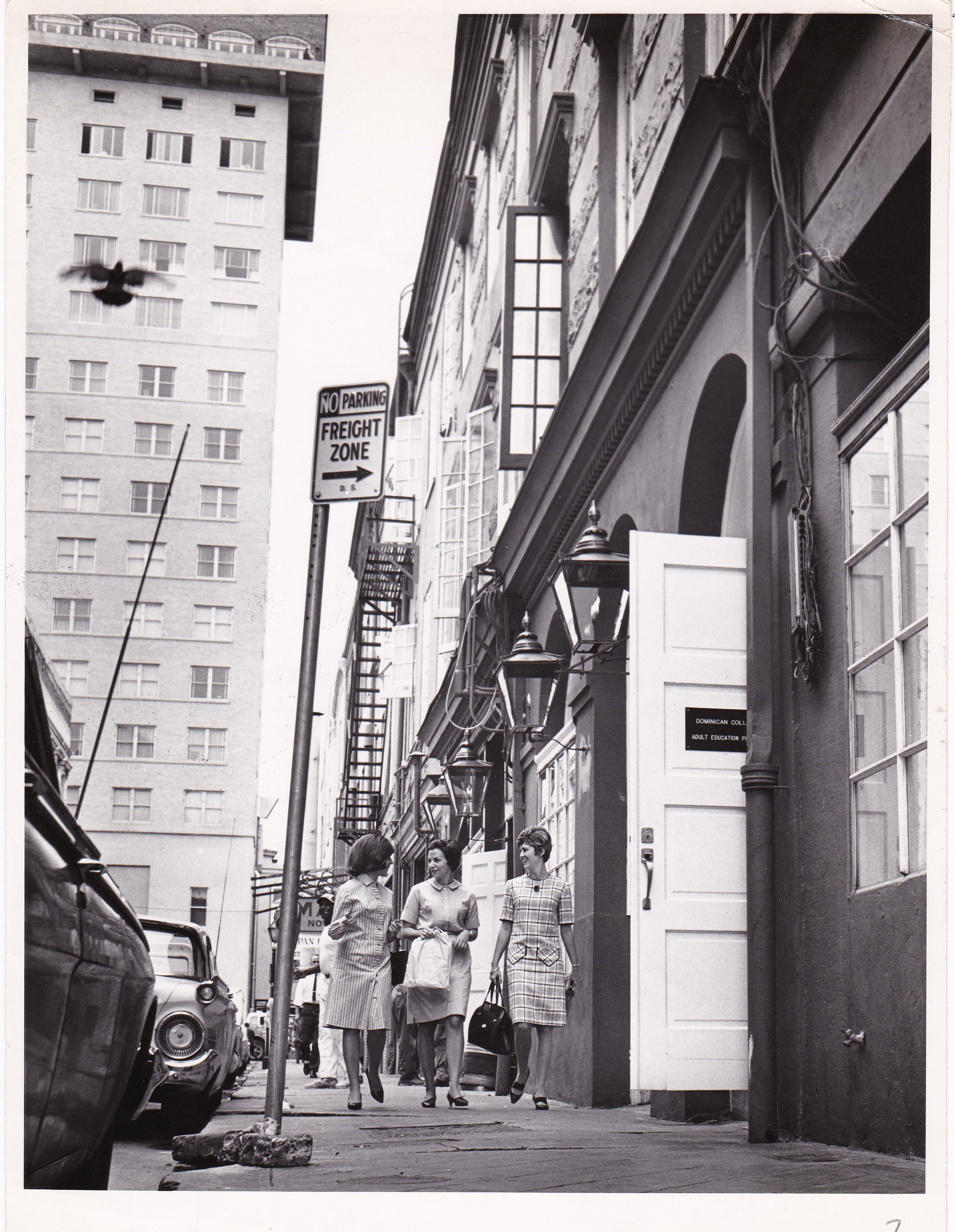
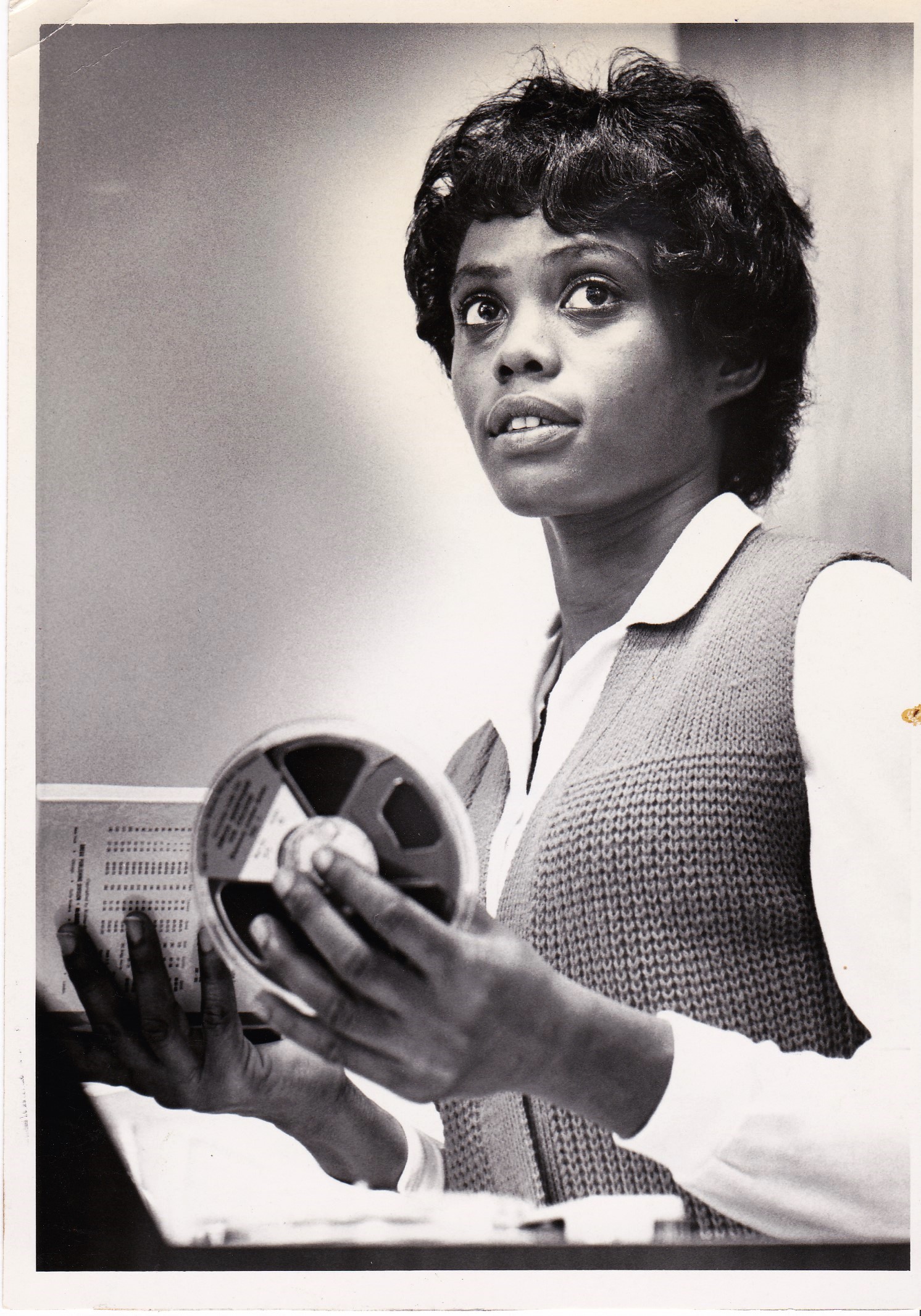
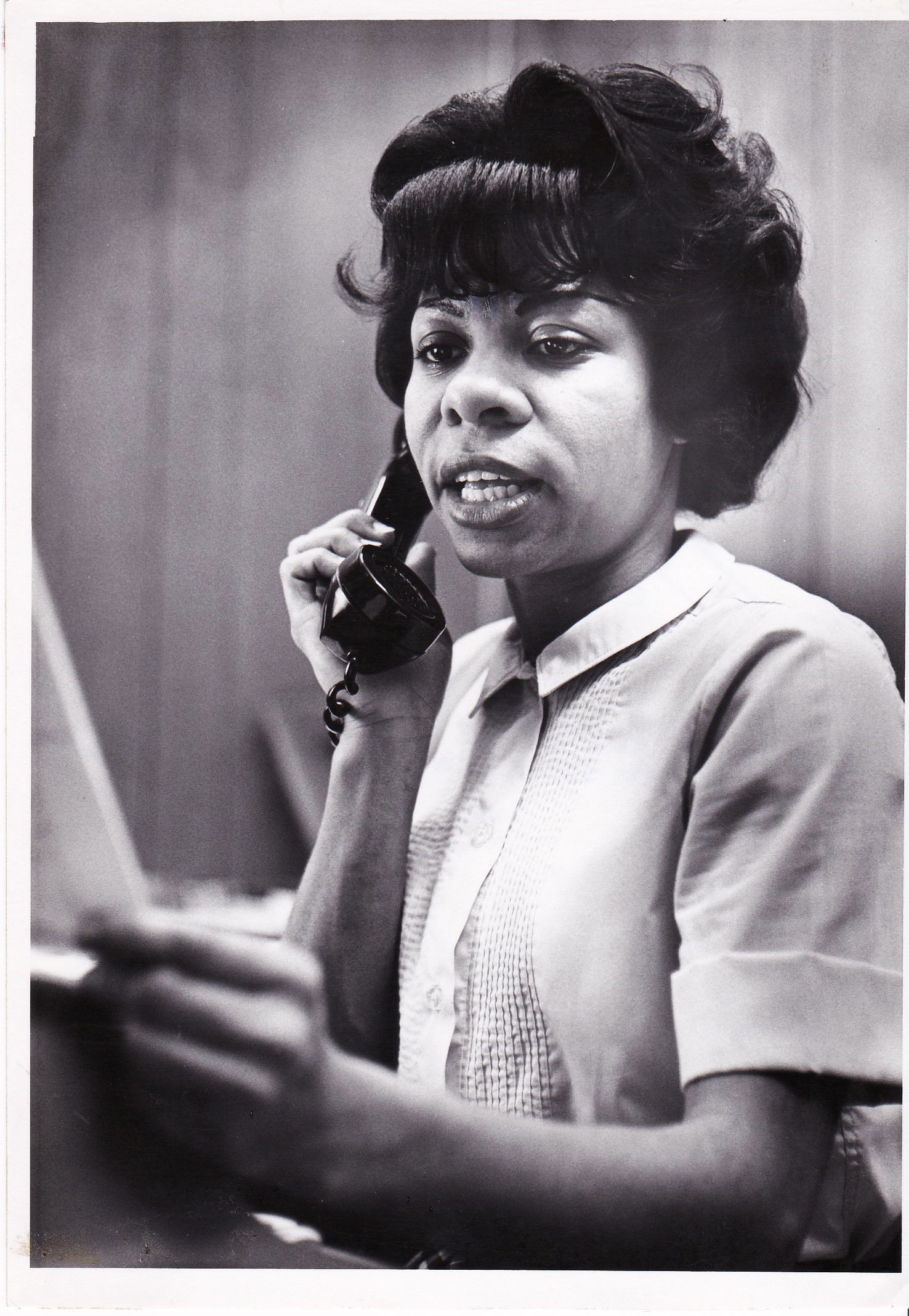
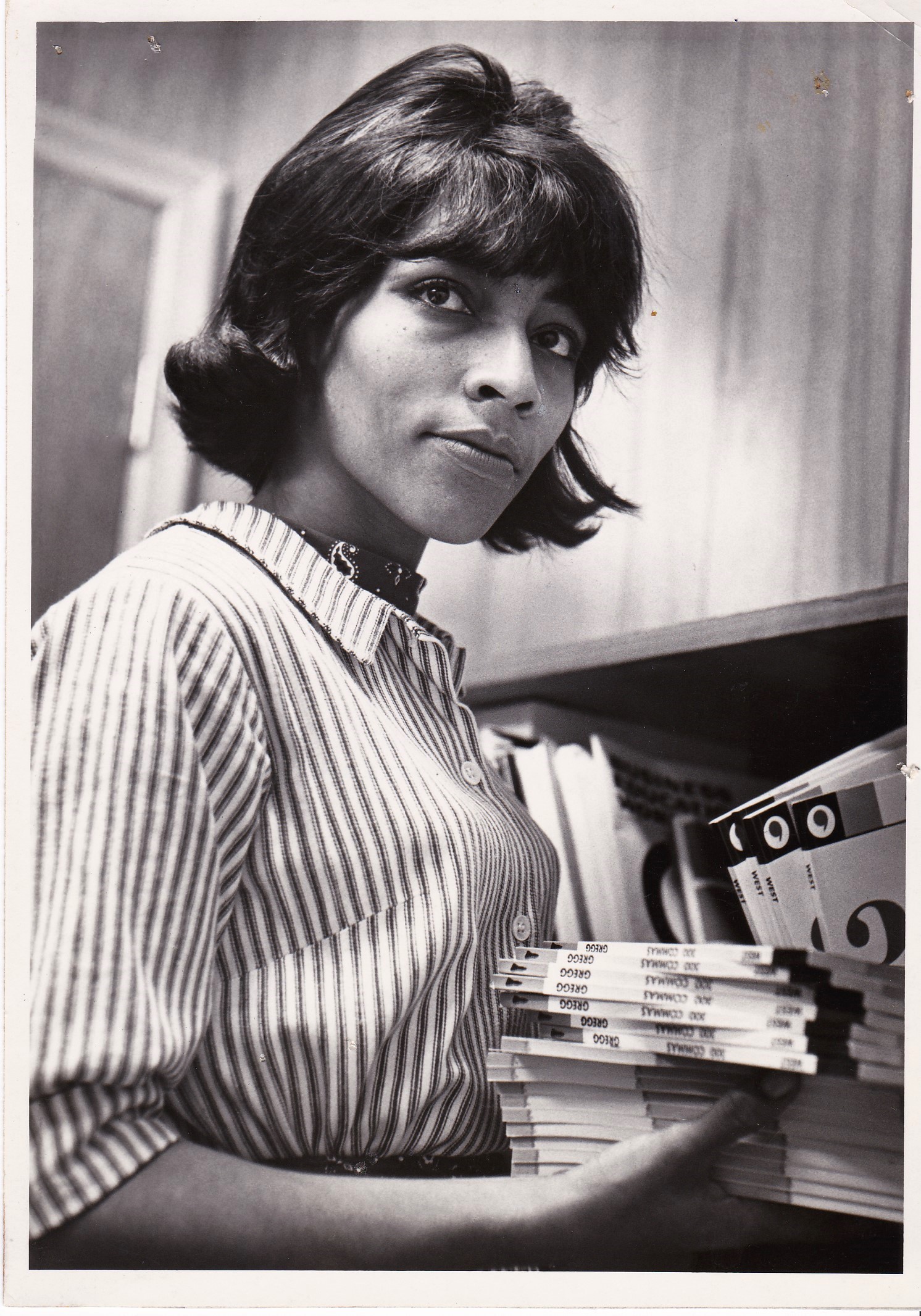
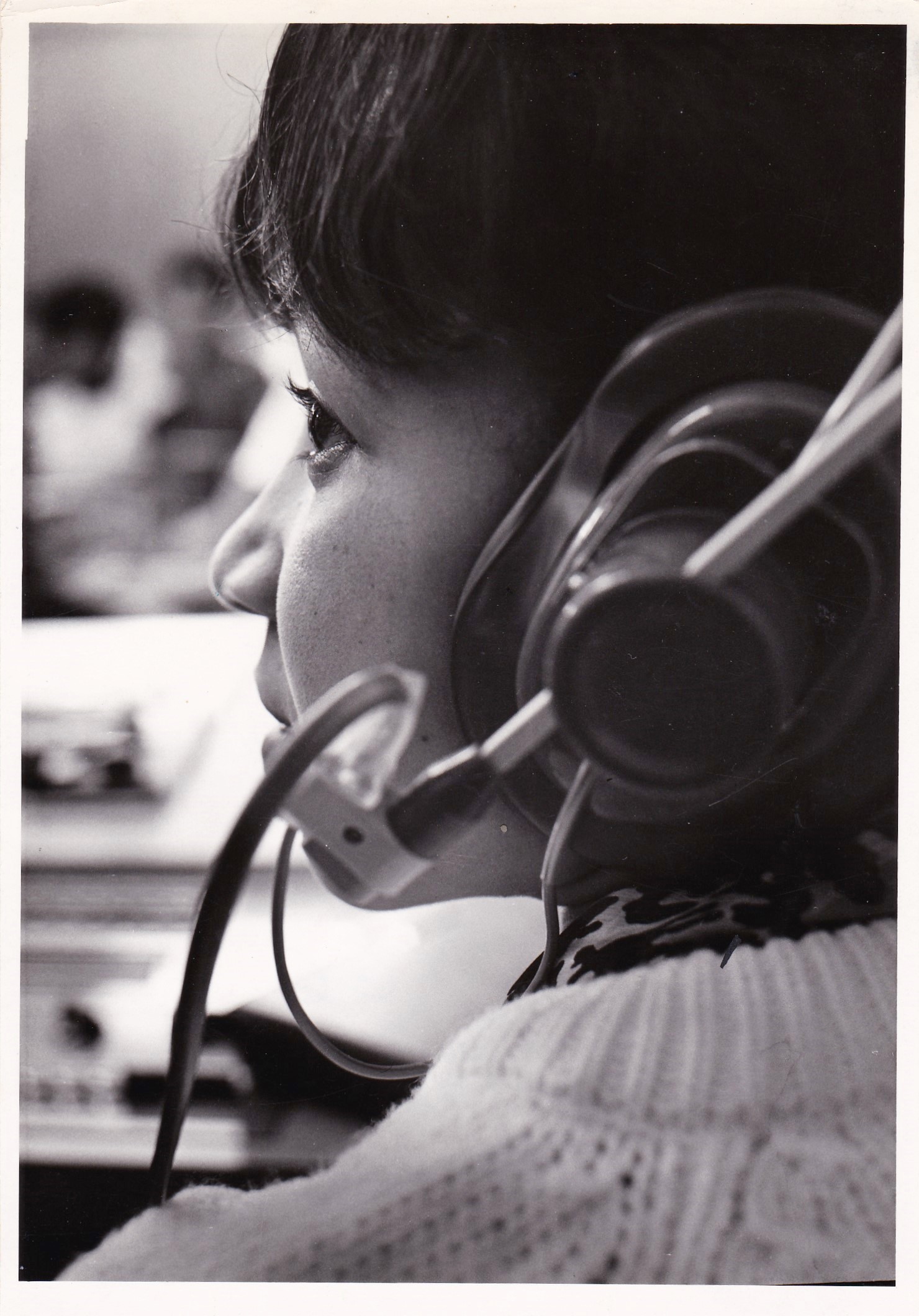
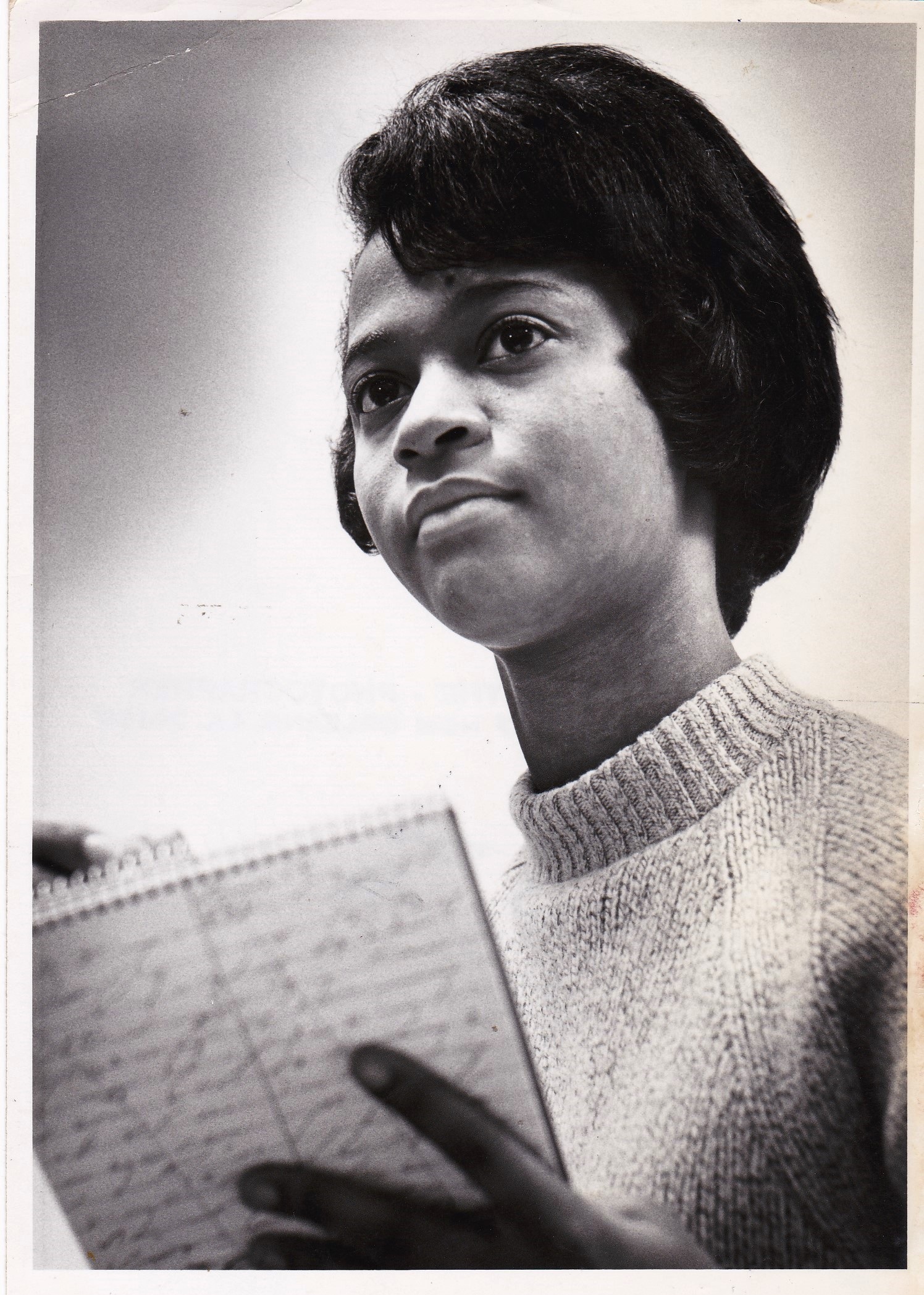


![[From left] Brenda, Eunice, Carol and Pamela Cole, four sisters who were all graduates of the Adult Education Center, are recognized with letters of commendation by Charles Blackburn, Vice President of Shell Oil Co.Photography by Leon Trice](https://images.squarespace-cdn.com/content/v1/5ab2a8423917eee8847d15c4/1572496113907-ZAFA922FV3WWO34PXDID/Cole+sisters+-+Leon+Trice+Photography.jpg)



